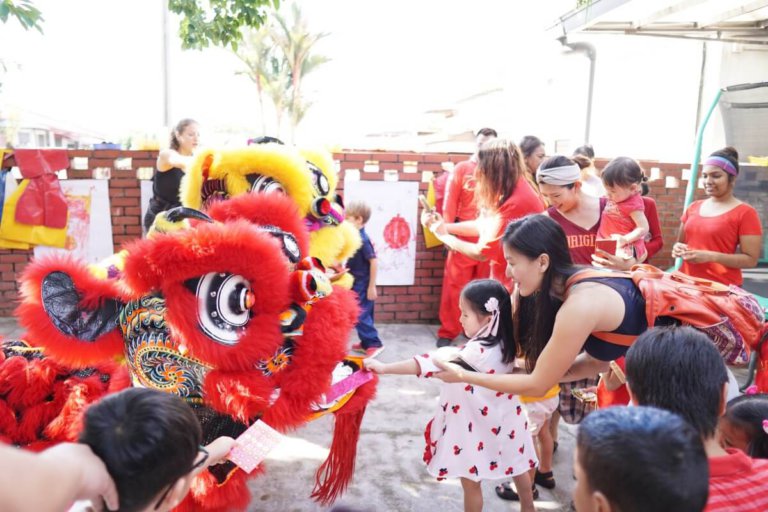
From Lunar New Year celebrations to Holi celebrations, a vibrant range of festivities and holiday traditions happen all over the world.
Ensuring that all students understand the different types of celebrations that happen is a positive reinforcement of cultural awareness in the classroom. Especially for international schools with diverse student communities, as there will often be children with different cultural backgrounds and preferred holiday traditions.
But why is it so important to celebrate and acknowledge a wide range of holiday traditions in the classroom?

Holiday traditions come in all shapes and sizes. Source: Shutterstock
Learning about other learners
By exploring learners’ cultural backgrounds and discussing different aspects of a holiday tradition, everyone in the classroom will be excited to share their own.
Even teachers have alternative perceptions of what their holiday tradition entails, so speaking about their own to the class first builds an environment of trust and togetherness.
Holiday traditions often stem from shared experiences, such as Christmas and the act of giving presents to Songkran where people throw water at each other for fun, there are multiple ways to celebrate traditions and many opportunities to learn more about another learner’s culture.

Crafty lessons to reinforce holiday celebrations. Source: Shutterstock
Engaging and lively lessons
Creating a lesson plan centred on an upcoming holiday tradition is a great way to get students excited, encouraging them to appreciate varied customs.
On Midsummer Day, a celebration that happens in places like Sweden during late June, Swedish villagers are known to decorate and dance around a maypole (midsommarstång).
Attracting families and friends, greenery is placed over houses and barns as a way of bringing good fortune and health to people and livestock.
An innovative lesson plan for Midsummer could involve students decorating and crafting their own miniature maypole, drawing attention to the annual festivity and understanding the importance of midsommarstång during late June.

Decorating a midsommarstång is a pivotal part of the Midsummer Day celebration. Source: Shutterstock
Encouraging parents to get involved
If parents know that their child or children are taking part in a specific holiday tradition that’s close to their heart, they can find ways of getting involved or helping with the celebration.
From cooking delicious gingerbread cookies to hand out during Christmas lessons or Día de los Muertos, where they can pay a special visit to the classroom and talk to students about how they remember those who have moved on, there’s always a way for parents and students to jump in and get involved.
This also helps the school heighten parent/teacher interaction, and brings the whole school community together.

Shared celebrations promotes cultural awareness. Source: Shutterstock
There are constant avenues to approach when paying respect to different holiday traditions in the classroom, as well as endless positive outcomes.
If plenty of research goes into the lesson planning process and students are welcome to share their traditions in a comfortable, unbiased environment, then these celebrations have the potential to broaden minds and carry cultural awareness to new heights.
After all, holiday traditions are there to be enjoyed, to be educated about and most importantly, to be shared.
We had a blast learning about and celebrating Cinco de Mayo! We read about the holiday, learned and danced to the Mexican Hat Dance, made taco maracas, and ate chips & salsa! Thank you to @Mrs_Cervantes18 for starting this fun classroom tradition last year! pic.twitter.com/gYVuH4bLMy
— Mrs. Panchura – WWES (@korinnepanchura) May 3, 2019
Liked this? Then you’ll love…
4 tips for travelling during the busy holiday season
Quiz: US Students – where should you spend your next holiday?







